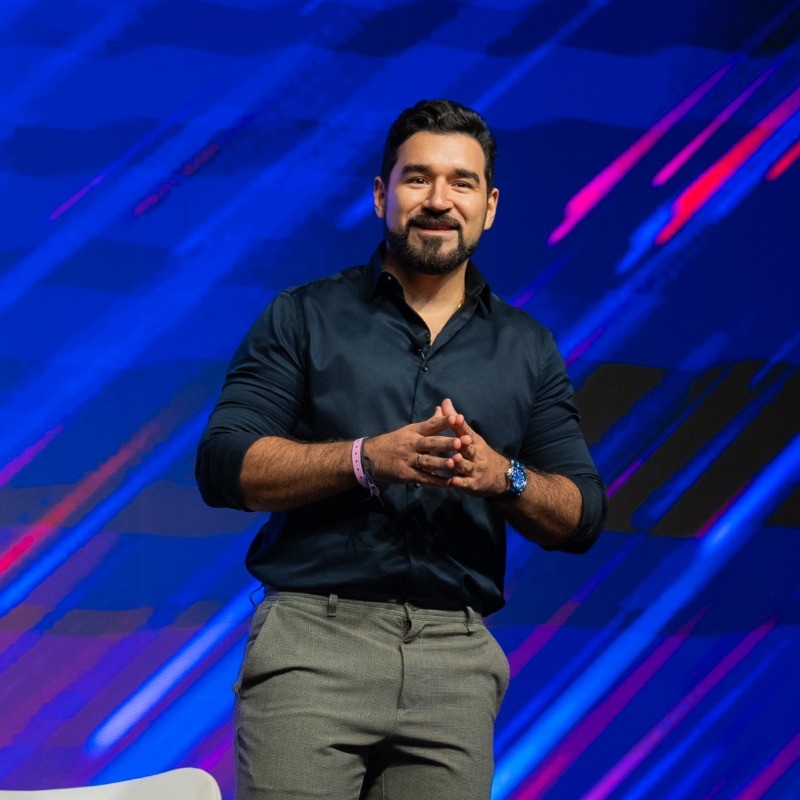Why Fleets Can’t Afford to Delay TMS Modernization


A conversation with Matt Cartwright, CEO of Magnus Technologies

For many carriers, the idea of moving away from legacy, on-premise transportation management systems (TMS) still feels daunting. Yet, according to Matt Cartwright, CEO of Magnus Technologies, the longer fleets wait, the more they risk falling behind in an industry that is rapidly digitizing.
Resistance to Change Runs Deep
“Transportation has a deep cultural resistance to change,” Cartwright explains. “Legacy systems are seen as the ‘devil you know’ — even when they’re inefficient. The concern isn’t just technology. It’s: Will this disrupt my business? Can my team adapt?”
To combat that hesitation, Magnus has built its platform and onboarding model with simplicity and risk reduction in mind. “We’ve designed our transition process to be modular and low-risk — so carriers can modernize without stopping the freight from moving and their business from growing,” he adds.
Myths Around Cloud Adoption
For many fleets, misconceptions about cloud TMS platforms still loom large. “There’s a perception that moving to the cloud means giving up control, that it’s more expensive, or that it won’t integrate with existing systems,” Cartwright says. “Those are all myths.”
Magnus has taken a different approach. “Our system is API-first, configurable without custom code, and pricing aligns with fleet size. You won’t see hidden fees like EDI integration costs with Magnus. Fleets that once feared losing control are actually gaining visibility, security, and performance — with fewer surprises.”
The Cost of Standing Still
Delaying modernization comes with serious consequences. “Sticking with outdated systems invites operational blind spots, limited visibility, poor integration, delayed invoicing, and increased compliance risk,” Cartwright warns. “On top of that, it’s harder to retain drivers and back-office talent when your tech stack lags behind. In today’s supply chain, standing still isn’t neutral; it’s falling behind.”
Compliance Challenges With Legacy Systems
One area where legacy systems particularly fall short is compliance. “Regulatory compliance isn’t static, and old systems don’t evolve fast enough,” Cartwright says. “Whether it’s hours-of-service, ELD, emissions, or safety tracking, legacy TMS platforms often require bolt-on fixes.”
Magnus, by contrast, automates compliance into its core. “Our mobile Driver App, real-time ETAs, and secure digital documents keep fleets compliant, reduce litigation risk, and eliminate paperwork,” he notes.
What Sets Magnus Apart
Unlike providers that retrofit legacy systems for the cloud, Magnus was built from the ground up as SaaS-first. “Magnus was purpose-built as a cloud-native TMS with the trucking industry in mind,” Cartwright emphasizes. “We don’t retrofit — we rethink.”
That rethink means offering a single connected experience across dispatch, driver communications, load planning, document capture, billing, and analytics. “No patchwork, no finger-pointing, just one partner fully accountable. Our SaaS model also includes customer support and upgrades, so you never have to plan an upgrade again.”
The Road Ahead
Looking forward, Magnus is focused on predictive intelligence and collaborative logistics. “Our Load Chain Sequencing engine predicts delays based on weather, driver hours, and traffic,” Cartwright says. “And our Carrier Advantage Network lets fleets share loads, reduce deadhead, and boost profitability. We’re making transportation smarter, leaner, and more connected — all in real time, all in the cloud.”






